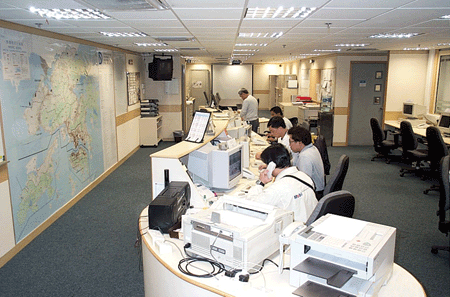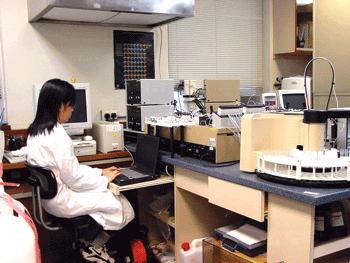 |
||||||||||||
|
|
||||||||||||
|
||||||||||||
DSD provides services in two areas, which are to investigate, plan,
design, construct, operate and maintain stormwater drainage and sewerage
systems. Productivity enhancement has been achieved through various
measures including -
|
||||||||||||
|
Among the above measures, we would like to share our experience in
two areas - savings in chemical cost, and enhancement of the Drainage
Complaints Information System with mobile computing technology. Savings in Chemical Cost Enhancement of the Drainage Complaints Information
System with mobile computing technology In 2001, DSD further enhanced the DCIS by integrating the system with
the mobile computing technology. With a Personal Digital Assistant (PDA),
the DLF sewer staff can receive work orders from the DCIS, capture work
results and site photos on-spot, and upload all captured data to the
DCIS by a simple operation when returning to the depot. This greatly
improves the efficiency in processing complaints against sewer and drain
blockages and facilitates monitoring of work progress. In short, advancement in IT technology has helped DSD to improve the service to the public and enhanced the efficiencies of the maintenance works and resources distribution through better planning and scheduling of activities. |
||||||||||||
|



